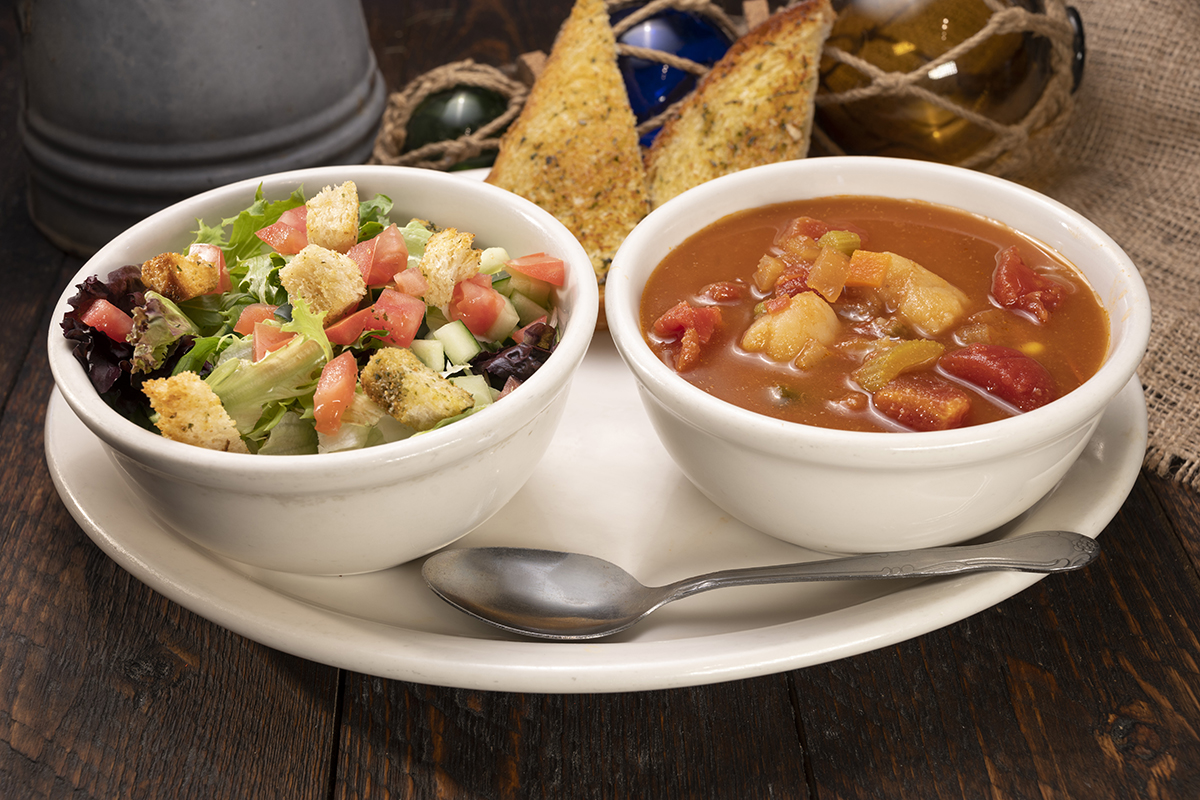.png)
The “sweet” moments of life call for celebration and most of us do it by eating out at restaurants. However, those suffering from diabetes or “high blood sugar” levels find themselves in a trap. If they eat out without taking care of what goes into their food, chances are their blood sugar levels may rise to even more unhealthy levels. It’s a known fact that we eat more in the company of others. And if they don’t go and eat out with their loved ones, they suffer from a lack of emotional nourishment or bonding. Well, there is a way out of this trap. Let’s give your taste buds the deliciousness they deserve while also taking care of your diabetes at the same time.
Eating out as a diabetic might take some practice in the beginning, but soon you will become good at filtering foods that are good for your system and foods that are not. Here’s how you can have a good time while eating out despite having diabetes.
Plan Ahead for a Good Time
If you want to get off the weight gain/weight loss wheel that comes with diabetes, we suggest you take some time to study the menu of the place you are going to. Most restaurants have their menus online these days. This way, you wouldn’t be getting carried away in the heat of the moment and saying to the waiter, “I will have what they (the group) are having," and putting your health at risk. Planning ahead gives your system the breathing space it needs. Stick to food items that are familiar to you. If you want to try a new dish on the menu that sounds completely unfamiliar, do so only under your doctor’s guidance.
Prepare yourself for Delays
Group or family eating out doesn’t always go as planned, and many a time, a diabetic might have to wait for someone who is caught in traffic or someone who is still at work. In such cases, you should keep handy nuts or fiber- and protein-rich snacks (pear, avocado, popcorn, etc.) so that you are neither starving nor completely full before sitting down to eat.

Water it Down
Don’t start eating immediately. Have half a glass or a full glass of water first. It will help you eat less. If you can help it, let go of the starters and ask for the main dish.

Ask for Modifications
It’s a matter of your health, so don’t feel shy to request the chef make healthier substitutions, like preparing dishes with less sugar, salt, and fat. Most restaurants will be happy to do the tweaking because they pride themselves on customer service.
Be Orderly in Ordering Food
Go for items that are baked, steamed, grilled, or broiled (directly cooked on heat) instead of fried options, especially when it comes to meat.

Be Portion Wise
Just because you are eating out doesn’t mean you have to eat more than what you eat at home. Stick to your usual portion size.
Think Before you Drink
Be careful of not only what you are eating but also what you are drinking. Opt for water, unsweetened iced tea, or regular tea, as well as coffee. You can opt for mineral water and diet soda instead of soft drinks, shakes, and even juices.
Generally, a person with diabetes should avoid drinking alcohol, but if at all it is completely unavoidable, try not to have alcohol on an empty stomach. Always eat something before you drink. And keep the amount you drink in check. Don’t have more than one or two glasses. Light beer, dry wines, and mixed drinks are fine as long as the mixers are sugar-free. Mix with diet or club soda, diet tonic, etc.

Be Mindful of Condiments
Use low-fat dressings and avoid ketchup, barbecue sauce, and other high-sugar spices.
Eat Slowly
Never forget one of the cardinal rules of eating, which is to eat slowly. No matter whether you are eating in or eating out, take time to chew your food. In fact, not only diabetics but everyone should follow this rule for good health.
Walk to Reduce High Blood Sugar Levels
Exercise is a diabetic’s best friend. If there is scope, try taking a walk both before and after eating. Or at least try moving your body a bit. This way, the usual high blood sugar levels that occur after a meal are contained.

Eat This, Not That
Now that we have given you an overview of how you should go about eating out, let’s see some of the combinations and substitutions you could go for.
1. Pizza: First of all, choose a thin-crust base. Leave the extra cheese out. Then, instead of high-fat meats, consider lists of suitable vegetable toppings. Limit yourself to 1 or 2 large or small slices.
2. Fast Food: Avoid fried food items like French fries. Ask if other healthy substitutes are available. Baked potatoes are a great option. Go for whole-grain bread rather than the white varieties in case you are ordering a sandwich. Include grilled chicken pieces or eggs in your sandwiches.
3. Soups and Salads: Avoid cream soups and skip the bread bowls. Soups with a broth or tomato base are better options. Avoid salads with cheese or meat in them. Taco salads are typically higher in fat, so try to avoid them. Instead of mustard or mayonnaise as salad dressing, go for lemon juice, balsamic oil, or vinegar. Go for sprouts and raita when possible.

4. Indian Meals: Choose the tandoori and tikka options (paneer or chicken) because they are low in fat. Pulses and lentils are rich in fiber, but it also depends on how they have been cooked to see if they are beneficial for your health. Go for plain dal instead of dal fry or dal tadka. Opt for boiled or steamed rice rather than biryani, fried rice, or pulao. Try to eat more vegetables, like cauliflower, broccoli, saag, eggplant, etc. Choose roti rather than naan. Avoid papad. Go for Ragi Dosa and Idli. Proteins are good for those suffering from diabetes. While vegetarians can go for dishes like rajma, chickpeas, green pea, tofu, etc., non-vegetarians should opt for lean proteins like skinless chicken and fish.
5. Ghee and Other Oils: Avoid eating food cooked with refined oil. For Indian cuisine, see if food cooked with ghee is available. Ghee or clarified butter has fatty acids, which help metabolize and balance high blood sugar levels. It also improves gut functioning, which further improves insulin secretion. When we add ghee to foods with a high glycaemic index, like rice, bread, rotis, paranthas, etc., it makes them easier to digest and thus keeps blood sugar levels low. Diabetics suffer from low immunity, and ghee is known to have immunity-boosting properties.
Check if the chef can accommodate your request that food be cooked with coconut oil since it has a low glycemic index, meaning it doesn’t raise your blood sugar levels.
For Western food, you could go for some other oils that provide amazing health benefits to diabetics, like macadamia oil, olive oil, sesame oil, walnut oil, etc.
If you want to have butter, check if real butter is being used or if it’s just margarine. Butter decreases trans-fat intake, thus keeping blood sugar levels in check.
6. Desserts: There is no need to control your cravings when it comes to desserts. Go for fresh fruit custard, low-fat fruit yogurt, or maybe sugar-free kheer.

Conclusion
With a little planning, a person with diabetes can manage to eat out easily. It is a little time-consuming, but it helps in the long run. Eating out and planning become even easier and more pleasurable for a diabetic under the holistic treatment approach. Under this approach, a personalized diet is prepared, keeping the person’s nutritional needs, food sensitivities, cravings, etc. in mind. Thus, neither one’s nutritional needs are compromised, nor does one have to miss out on enjoying a good time with family or friends.


.png)


